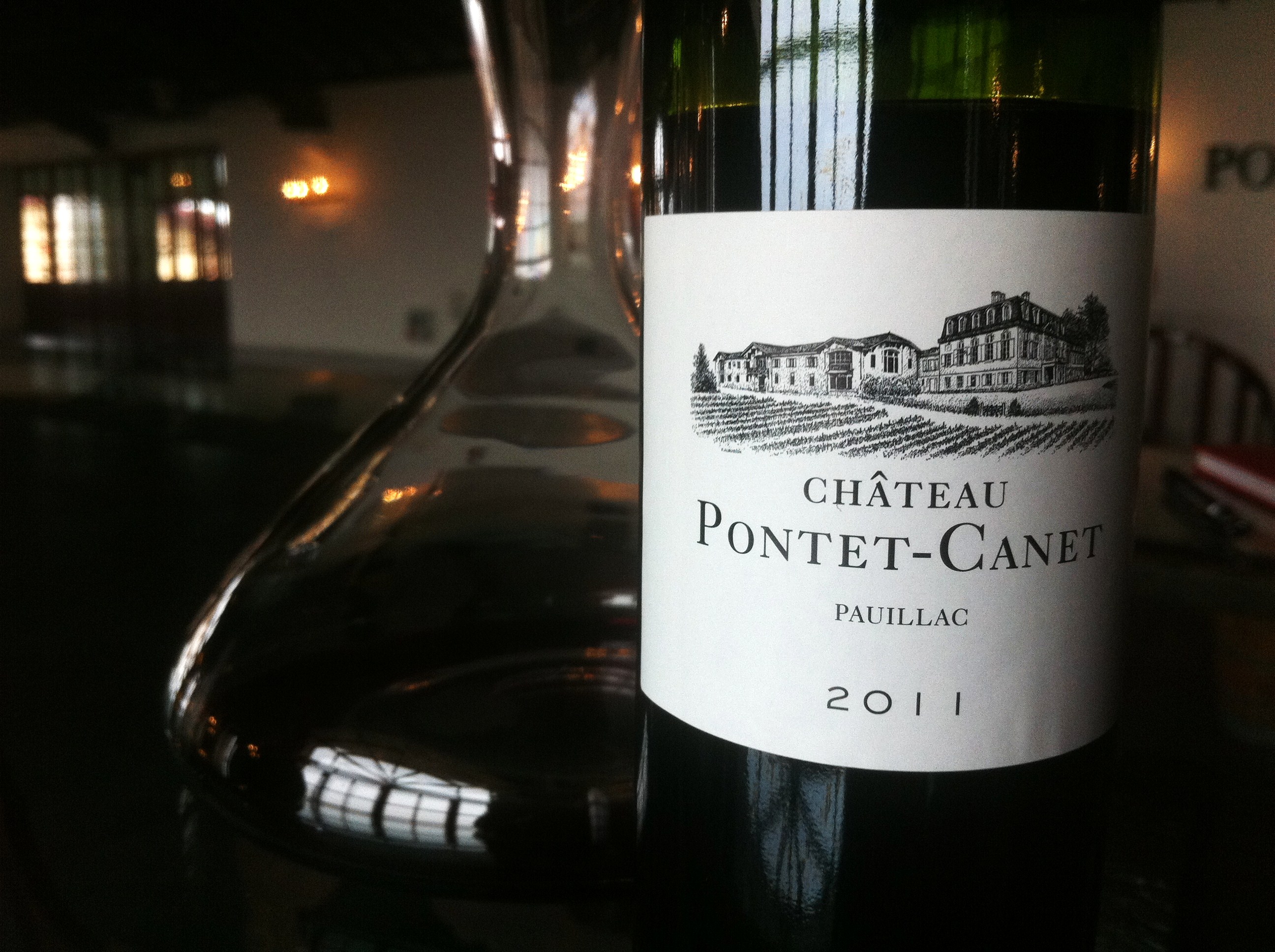Bordeaux 2010: End of primeurs week

After tasting two hundred plus wines in the past week, I’ve found plenty of fruit, tannin and acid, not always in that order, but certainly in number in Bordeaux 2010. There is a lot of everything in Bordeaux 2010. Lots of colour, often dense saturated colour across the board, but then there is also plenty of extract, tannin and acid, and then more acid and tannin still. It makes the wines a bit tricky to judge. In fact I spent a lot of time re-tasting wines because I found some difficult to evaluate. 2010 is a great vintage in many respects, but there is irregularity too. Winemaking judgement was exceptionally important in this vintage, with such dense, thick and concentrated berries those properties with a lightness of touch and flexibility have made the best wines. Those that have extracted too much have made monsters, with tannins and grip to match, not that the wines divide so neatly into those camps, I wish it were that easy. 2009 was undoubtedly more straightforward to judge at the same stage last year.
The other consideration in my tastings was that with such sweet juice too ferment, the wines generally took longer to ferment dry. Fourteen and fifteen degrees or more is an effort for any yeast, even the most well intentioned and enthusiastic saccharomyces. The correspondingly high acidities remaining meant that many estates were completing malo-lactic fermentation in January rather than in November because the wines had so much malic acid to shed. To me this made the samples feel literally younger to taste, as they have had less time to settle ahead of them being presented for the first time. Those that felt a bit disjointed now, and there were quite a few in my book, will doubtless be more settled in a month or six weeks time. So some important caveats here on the assessments.
That said, at the top level, amongst the first growths, the super seconds, the stars of the right bank and the best properties in Pessac-Leognan, 2010 is an outstanding vintage, of that there is no doubt. Whether it is better than 2009 comes down in a large part to questions of taste and vintage style. Qualitatively it’s tricky to say one is better than the other, so contrasting are these vintages in personality. Some chateaux have made wines better than in 2010 in the left bank, more estates in my view made wine better in 2009, but that reflects my preference. If you like classical wines, yet with epic levels of power and concentration, then 2010 is for you. But remember these are dense wines, with much more grip and obvious tannin on the palate, and they will need lots of time in bottle. So if you like flamboyance, seductiveness and hedonism then 2009 will be the better vintage overall. I’m certainly in the latter camp.
Nevertheless, St Emilion and Pessac-Leognan have, for me, generally made better wines in 2010. The former because there is more acid and grip to the wines, which balances the high alcohols, and the latter because of the sheer joy and plushness of the wines.
Overall I prefer the style of St Estephe, Pauillac, St Julien and Margaux in 2009 than in 2010. I have some concerns about the tannin and grip in 2010 in these appellations, the best wines are excellent but will need time. The drought conditions concentrated the grapes through the evaporation of alcohol, and tannin and acids were concentrated in that process. It was not hot in September so ripening was slowed and only brief rain in September allowed the phenolic ripening process. You do get the feeling that they could have done with just a bit more rain in some cases.
The comparison I think with that other drought year, 1975 is a valid one, certainly in terms of vintage conditions, winemaking has of course moved ahead light-years since then, but those wines show what you can expect if you get things wrong in the vineyard and the cellar in such a vintage. That vintage was much heralded at the time, but you wouldn’t touch it with a barge pole now, except for the sweet whites. At the lower level wines amongst the wines from the Medoc and Haut Medoc especially, things can be tricky and many wines felt tannic and extremely grippy. As always it’s a moving picture and it will be fascinating to see how the 2010s develop and the comparisons with the 2009s will no doubt be endless.
Sauternes and Barsac also appear to have had another good vintage. Botrytis arrived later in the vineyards than it did in 2009 but there was a lot of freshness and life to the best wines I thought. I’ll be posting detailed notes and appellation overviews in the coming days.
Tags: 2010, Barsac, Bordeaux, botrytis, Haut Médoc, Margaux, Médoc, Pauillac, Pessac-Léognan, Pomerol, Sauternes, St Emilion, St Estèphe, St Julien


